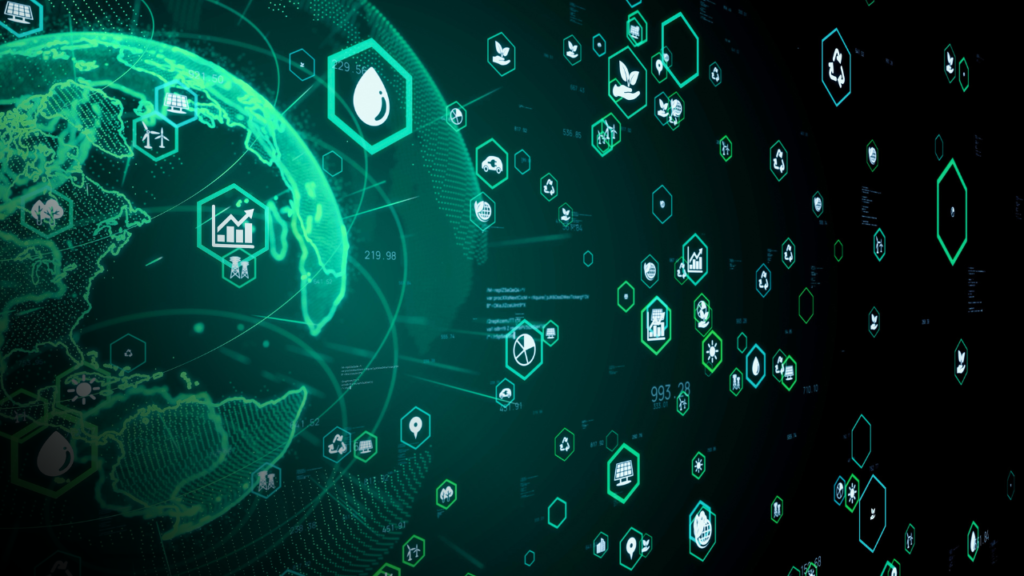Sustainability and corporate commitments to it are here to stay—Earth is the only home we have. But recently, it was paper made of stone that got me thinking. Yes, paper made from stone (largely calcium carbonate—sometimes referred to as biopaper). Yes, I am using paper made of stone—but my guess is few people reading this are. What stone paper tells me is that there are plenty of brilliant minds turning their attention to the issues of sustainability. And like most brilliant minds—they think outside the box.
The intellectual energy and innovation being put towards the issue of the planet’s sustainability make me hopeful. This is not a flash in the pan. We focused on going “green” for a while—and then we seemingly forgot about it. It was too hard. However, we are now seeing stricter regulations coming out of the European Union, and the United States, never to be outdone, is trying to catch up with them. But the European Union, historically across the globe, has led on the environmental path. I cannot imagine that my parents, or grandparents, could have ever imagined the stone paper I mentioned above. Or edible cutlery that some companies are producing made from grains that can be eaten after use or composted, thereby reducing plastic waste. The ideas and innovation around this is and will be exciting.
For example, scientists have even been working on using waves to generate energy. As long as we have a moon, we can put wave energy converters out in the ocean. The public will not even see them. According to the World Economic Forum, the United States could extract 66 percent of its electricity needs from wave energy if fully implemented. Many countries, including Australia, China, Denmark, Italy, Korea, Portugal, Spain, the United Kingdom, and the United States are currently developing this wave energy.
Now, let’s switch to the area of electronics—one of my favorite topics. When we manufacture electronics, we want to manufacture one product for the world. We do not want to produce seventeen different products for seventeen different regions. Therefore, the one that is the most stringent tends to be the one we meet, conform everything to, and then everything gets manufactured to those specs. There are all kinds of timing restrictions through this process. We set this regulation, but then we need several years to really get that into place. For example, most readers might assume we have gone lead-free, but many of today’s high-reliability electronics are not lead-free. The material in your planes, your weapons, medical items, and the material in your cars—most of that is not fully lead-free because we have not been able produce the reliability needed. Currently, we are working on trying to do that, but it has been a problem studied and challenged for over twenty years!
We also need to integrate alternative sources for the materials in the electronics we utilize. Right now, there is an issue with rare earth minerals and metals. While they actually exist pretty much everywhere, they are only able to be mined in certain areas in quantities where the process is efficient enough that it makes sense to use them. Bottom line, there are opportunities, but it is a complex problem.
Sustainability either is going to be integrated or be a completely separate wave of change in the electronics industry alone. I want to fan the flame of wonderfulness. For the last thirty years, the electronics industry has taken great strides in manufacturing things in a very clean way. They manage the chemicals, they use a lot of water, but frankly, the water that comes out of the plant is cleaner than what comes into the plant now in many places. However, that’s no longer going to be enough. The future is going to be not only manufacturing electronics in a clean way but designing electronics in a clean way. And this represents many different challenges—and the need for those outside-the-box thinkers.
Design is the key. Imagine when someone designs a set of headphones. It’s made of all kinds of less-sustainable things. When you build it, it is still going to be made of those things, no matter how clean your processes are. The product might not be reusable; it might not be recyclable; it might not be updateable. The design is what has to change to get many more advantages from sustainability.
As I sometimes joke, I look forward to the day when I can eat my phone when I’m done with it. Now, that’s likely never going to happen. But the idea is that, actually when I’m done with this phone, the form is still good. The glass is good; the screen is good. What can I update? Wouldn’t it be great if I could slot out a new processor and then that old processor could be used somewhere else? When you’re designing for a sustainable ecosystem, that’s a bigger challenge because those systems don’t exist right now. They’re imagined. But here’s the good news—we’re thinking about it. And those maverick thinkers no doubt will bring us still more sustainable designs and ideas to help us in the quest to protect the planet and its resources.
- https://www.weforum.org/agenda/2022/03/wave-energy-ocean-electricity-renewables/
- Ibid
- https://elements.visualcapitalist.com/rare-earth-elements-where-in-the-world-are-they/.
